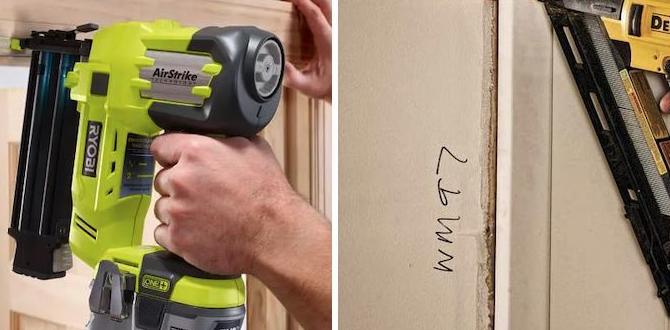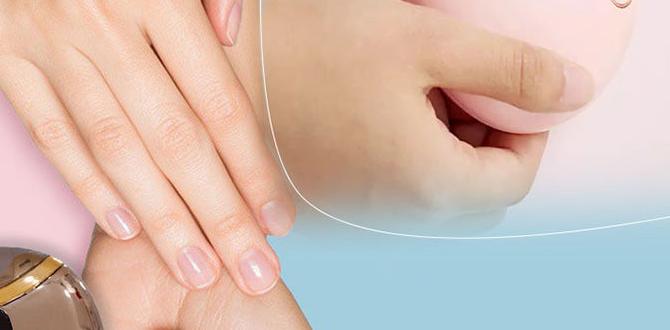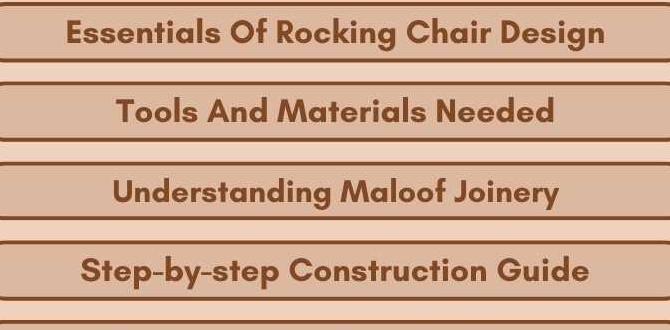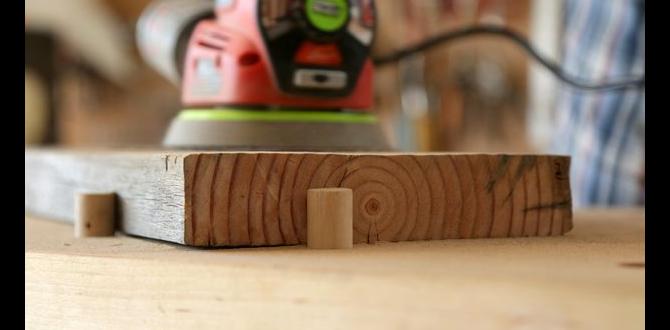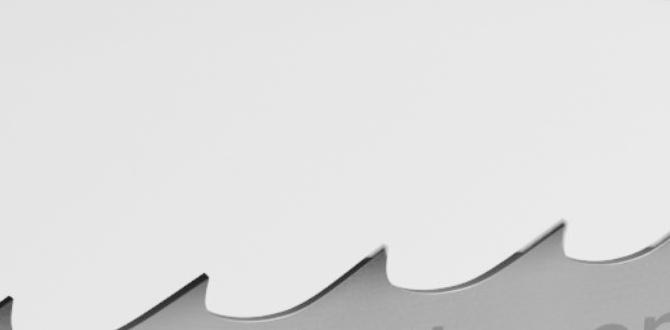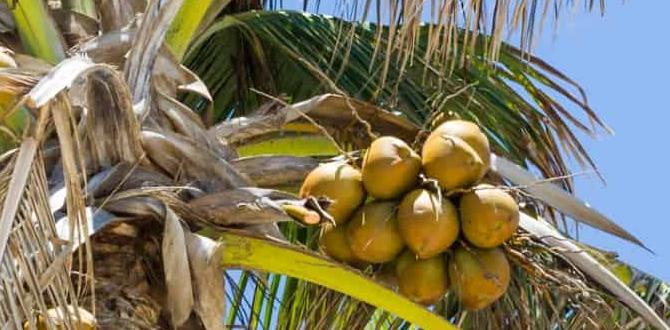Have you ever wondered how your home can stay beautiful even in a humid climate? Many people face challenges with flooring choices when it’s sticky outside. That’s where engineered wood flooring comes in. This type of flooring can thrive in moist conditions while still looking fantastic.
Picture this: you walk into a house after a rainstorm. The air feels heavy, and the wood floors might seem risky. But with engineered wood flooring, you can rest easy. This flooring is designed to handle humidity better than traditional wood. It can expand and contract without losing its charm.
Did you know that engineered wood is made from layers of real wood? These layers make it stronger and more stable. This makes it a great option for those who live in areas with high humidity. If you want your flooring to last longer and look great, engineered wood might be the answer.
In this article, we’ll explore how engineered wood flooring can be a smart choice in humid climates. You’ll discover tips on installation and care. So, if you want a beautiful home, keep reading!
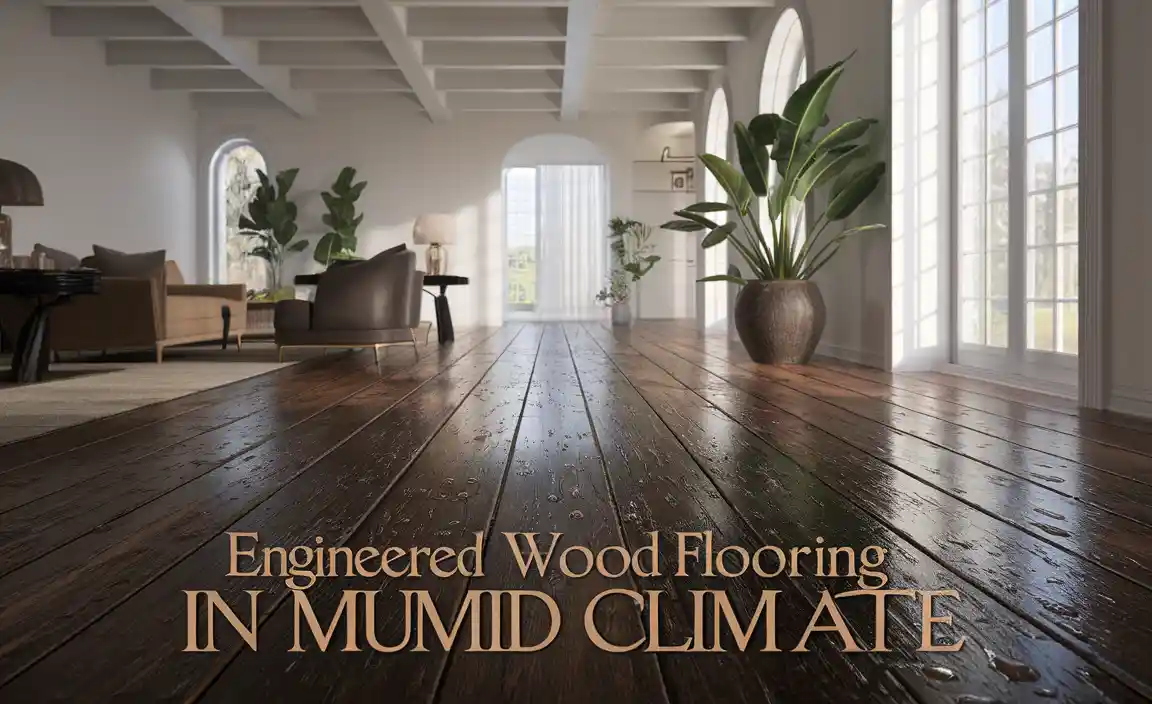
Table of Contents
Engineered Wood Flooring In Humid Climates: Understanding Its Benefits
Engineered wood flooring is an excellent choice for humid climates. This type of flooring can resist moisture better than solid wood. It’s designed to handle changes in humidity, helping to prevent warping. Imagine stepping onto a beautiful wood floor that lasts, even on the wettest days. Many homeowners love its look and durability. Plus, installing it can be simpler than you think. The right choice can transform your home while withstanding the test of time!
Understanding Engineered Wood Flooring
Definition and components of engineered wood flooring. Comparison with solid wood flooring.
Engineered wood flooring is like a superhero of flooring. It has multiple layers, with a top layer of real wood and layers beneath for strength and stability. This makes it perfect for humid places where solid wood might warp like a pretzel! In comparison, solid wood flooring is just one thick piece, which can expand or shrink. So, if you live in a steamy area, engineered wood is your best buddy! It combines beauty and durability without the drama.
| Feature | Engineered Wood Flooring | Solid Wood Flooring |
|---|---|---|
| Layers | Multiple | Single |
| Humidity Resistance | High | Low |
| Cost | More affordable | Typically more expensive |
Benefits of Engineered Wood Flooring in Humid Climates
Stability and resistance to moisture. Aesthetic appeal and design versatility.
Engineered wood flooring works great in humid climates. It stands strong against moisture, which keeps it from warping or bending. This means it stays looking nice for a long time.
It also has beautiful designs. You can find many colors and styles that fit any home. Here are some benefits:
- Stability in high humidity.
- Long-lasting look and feel.
- Easy to clean and maintain.
With engineered wood, you get both beauty and strength!
What makes it good for humid areas?
Engineered wood flooring is designed to resist moisture, making it perfect for humid areas. Its layered structure helps keep it stable, regardless of the weather.
Humidity and Its Effects on Wood Flooring
How humidity affects traditional wood flooring. Signs of damage from high humidity levels.
High humidity can cause damage to traditional wood flooring. Wood absorbs moisture from the air. This can lead to problems like warping and cracking. You may notice several signs when humidity is too high:
- Warping of planks
- Gaps between boards
- Cracks in the wood
- Swelling of the flooring
If you see these signs, it is time to act. Keeping the air dry helps protect your floors from damage.
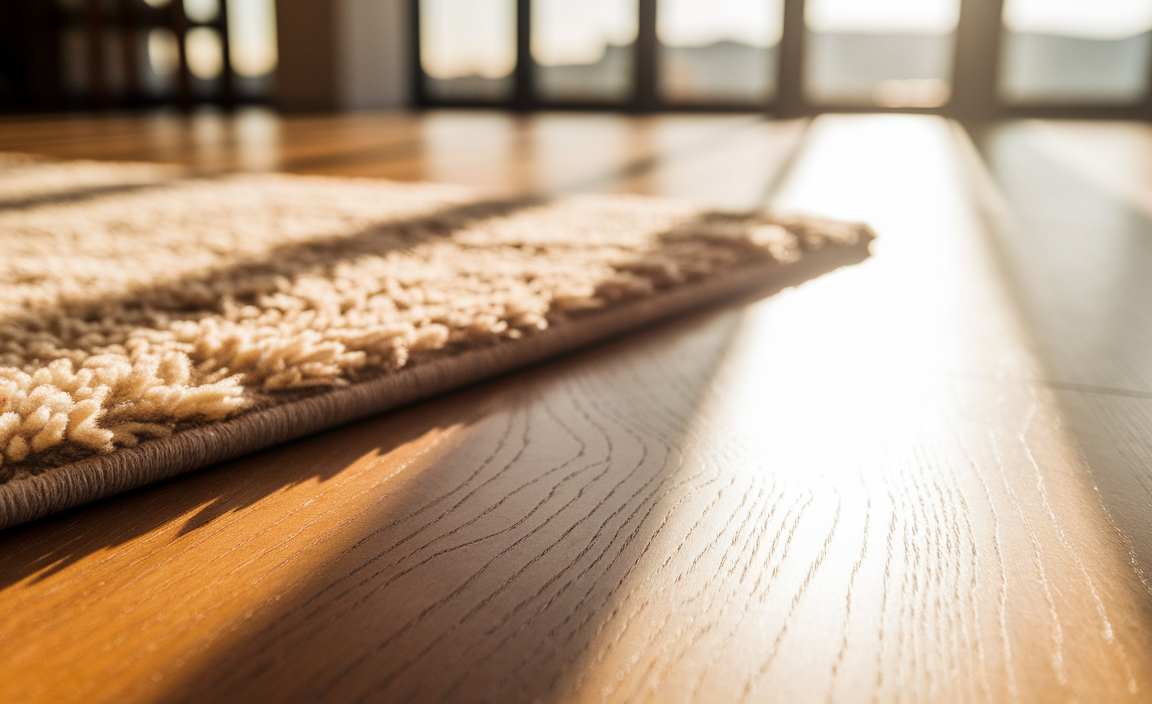
What are the signs of humidity damage in wood flooring?
The main signs include warping, gaps, cracks, and swelling. These changes show that moisture levels are too high.
Selecting the Right Engineered Wood Flooring
Key features to look for (e.g., wood species, finish). Brands and products suited for humid climates.
Selecting the right flooring can seem tricky. Look out for these key features: wood species should be durable, while the finish can protect against moisture. Both matter more in humid climates. Popular brands like Shaw and Mohawk offer great options. They create products designed to resist warping and buckling, ensuring long-lasting beauty.
What are features of engineered wood for humid climates?
Features include moisture-resistant finishes and solid core construction.
Key Features to Look For:
- Wood Species: Choose oak or hickory for strength.
- Finish: A water-resistant finish is essential.
- Brand: Look for Shaw or Mohawk for quality.
Installation Tips for Humid Environments
Best practices for acclimatizing flooring. Recommended underlayments and moisture barriers.
Installing flooring in humid areas can feel like juggling with spaghetti. First, let it acclimatize. When wood gets comfy with the room’s humidity, it won’t buckle or twist. Aim for about 48 hours of chill time before installation. Next, use a quality underlayment. A moisture barrier can save you from soggy surprises. Here’s a quick table to guide you:
| Step | Best Practice |
|---|---|
| 1 | Let it acclimatize for 48 hours. |
| 2 | Choose underlayment that breathes. |
| 3 | Use a solid moisture barrier. |
Following these steps will help keep your flooring looking great, even on the rainiest days. Just remember, happy floors lead to happy feet!
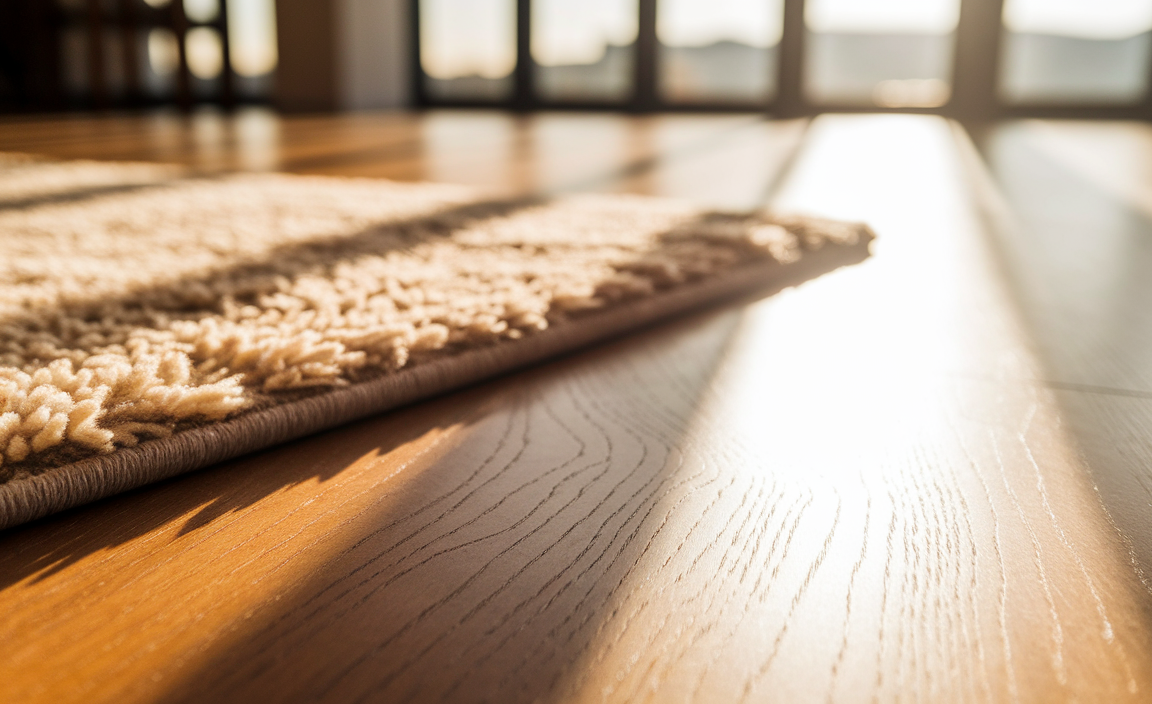
Maintenance of Engineered Wood Flooring
Cleaning and care tips for humid conditions. Addressing issues like mold and warping.
Cleaning engineered wood flooring in humid places requires special care. Wipe up spills right away. Use a damp cloth, not soaking wet. This helps keep moisture away. To prevent issues like mold and warping, follow these tips:
- Keep humidity levels below 60%.
- Use a dehumidifier when needed.
- Vacuum regularly to remove dirt and dust.
- Check for signs of mold in damp areas.
Taking these steps helps your flooring stay beautiful and strong for years!
How can I prevent mold on my engineered wood flooring?
Prevent mold by keeping your home dry and well-ventilated. Regular cleaning also keeps dirt away, which can lead to mold growth. Always check corners and under furniture for signs.
Cost Considerations and Budgeting
Typical price ranges for engineered wood flooring. Longterm savings and value in humid climates.
Thinking about engineered wood flooring? It can cost you between $3 to $12 per square foot. The price tag depends on factors like quality and design. Now, let’s talk savings! In humid climates, these floors often resist warping and buckling. This means preserving that shiny new look for years. A wise investment could save you cash on repairs. Remember, a happy floor means happy feet!
| Quality | Price Range (per sq. ft) |
|---|---|
| Basic | $3 – $5 |
| Mid-Range | $5 – $8 |
| High-End | $8 – $12 |
So, if you want smooth sailing (or walking), consider these factors. Choosing wisely now keeps your wallet happy later!
FAQs About Engineered Wood Flooring in Humid Climates
Common questions and expert answers. Myths vs. facts about humidity and engineered wood flooring.
Many people have questions about engineered wood flooring in humid places. Here are some common ones with answers that clear things up faster than a spill on a new rug! First, does humidity ruin engineered wood? The answer is a big, fat No! It can handle moisture better than solid wood. Another worry is if it will swell. Thankfully, modern designs help keep this flooring stable even in humid climates. We also hear myths that say it can’t breathe. That’s just as silly as the idea that fish ride bicycles!
| Common Questions | Expert Answers |
|---|---|
| Can humidity damage engineered wood? | No, engineered wood is designed for damp conditions! |
| Will it swell in humidity? | Not usually, thanks to its sturdy construction. |
| Does it need special care? | Nope! A little cleaning goes a long way. |
Conclusion
In humid climates, engineered wood flooring offers durability and moisture resistance. It expands and contracts less than solid wood, making it a smart choice. Choose high-quality products to ensure longevity. Remember to maintain proper humidity levels in your home. If you’re considering flooring options, keep researching to find the best fit for your space. Happy flooring!
FAQs
How Does Humidity Affect The Durability And Performance Of Engineered Wood Flooring In Humid Climates?
Humidity can make engineered wood flooring swell or warp. When the air is very wet, the wood absorbs moisture. This can damage the floor and make it not fit well. To keep your floor safe, you should use a dehumidifier. This helps the wood stay strong and look good for longer.
What Are The Best Types Of Engineered Wood Flooring Products For High-Humidity Environments?
For high-humidity areas, look for engineered wood flooring with a sturdy core and water-resistant coating. Products made from bamboo or high-quality plywood are great choices. These materials can handle moisture better than regular wood. They stay strong and don’t warp easily. Make sure to check the manufacturer’s details for the best options!
What Installation Methods Or Guidelines Should Be Followed To Minimize Moisture-Related Issues With Engineered Wood Flooring?
To keep your engineered wood floor safe from moisture, make sure the room is dry before you start. Use a moisture meter to check if the wood and the floor are not too wet. We should leave a small gap around the edges of the floor. This gap helps the wood breathe and expand. Finally, use a good underlayment to help keep moisture away from the floor.
How Can Homeowners Maintain And Care For Engineered Wood Flooring To Prevent Damage From Humidity?
To keep your engineered wood floor safe from humidity, always use a humidifier in dry weather. We should also avoid wet spills and clean them up right away. Make sure to vacuum and sweep regularly to remove dust. Finally, try to keep the room temperature stable, not too hot or cold. This helps your floor stay happy and healthy!
Are There Specific Finishes Or Treatments Recommended For Engineered Wood Flooring To Enhance Moisture Resistance In Humid Climates?
Yes, we can make engineered wood floors better at handling moisture. Use a good sealant to protect the wood. We can also choose finishes that are waterproof. This way, the floors will last longer and look nice, even in humid places.
Resource:
-
https://www.thespruce.com/flooring-for-humid-climates-1821704
Tips for choosing flooring in humid climates -
https://www.bhg.com/home-improvement/floors/wood/engineered-hardwood-floors/
Benefits of engineered wood flooring -
https://www.homeadvisor.com/r/maintain-hardwood-floors/
How to care for wood floors -
https://www.hgtv.com/design/remodel/interior-remodel/flooring-installation-tips
Flooring installation and maintenance advice

